Saudi Arabia welcomed 115.9 million tourists in 2024, with a remarkable 656% increase in visitors arriving specifically for entertainment and holiday purposes. What was once known primarily for religious pilgrimage is rapidly becoming a diverse tourism powerhouse.
The Kingdom ranks third globally for the highest tourism growth rate, with a 61% increase compared to 2019. Here’s a list of destinations that are currently emerging as must-visit spots for travelers discovering the new Saudi Arabia.
AlUla
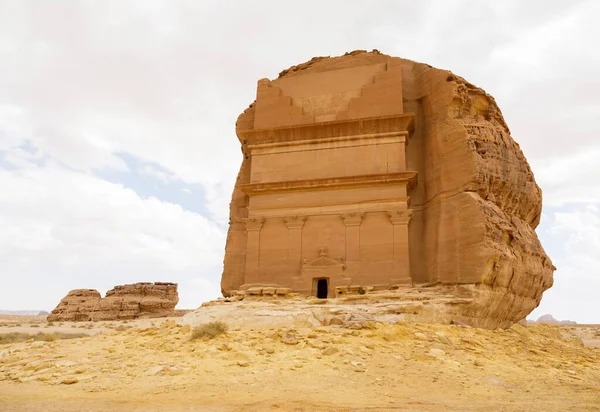
Mada’in Salih is a pre-Islamic archaeological site located in the AlUla sector, within the Al Madinah Region of Saudi Arabia. This ancient Nabataean city rivals Petra in grandeur, but without the crowds. Rose-colored tombs carved into sandstone cliffs create an otherworldly landscape.
AlUla has gained traction as a premier domestic and international destination, reflecting Saudi Arabia’s investment in diversifying its tourism appeal. The Winter at Tantora festival transforms the desert into a cultural stage. Could be archaeology’s best-kept secret.
Jeddah historical district
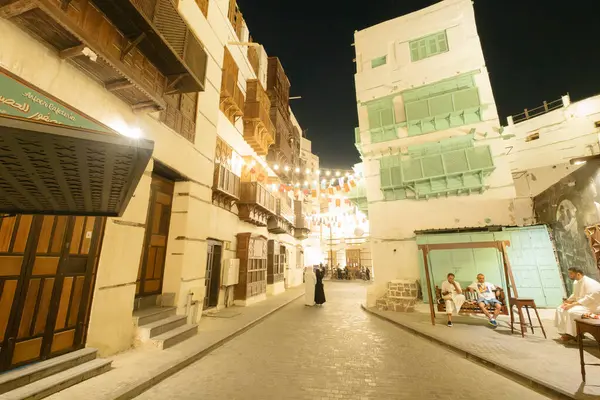
Historic Jeddah was a major port for Indian Ocean trade routes, channelling goods to Mecca. It was also the gateway for Muslim pilgrims to Mecca who arrived by sea. Al-Balad’s coral stone buildings and wooden balconies tell stories of maritime merchants and ancient trade routes.
The UNESCO World Heritage site buzzes with new life as cafes and galleries move into restored buildings. Art installations by international masters dot the streets. Not your typical historical quarter—this one has serious contemporary edge.
Like Travel Pug’s content? Follow us on MSN.
Riyadh during season time
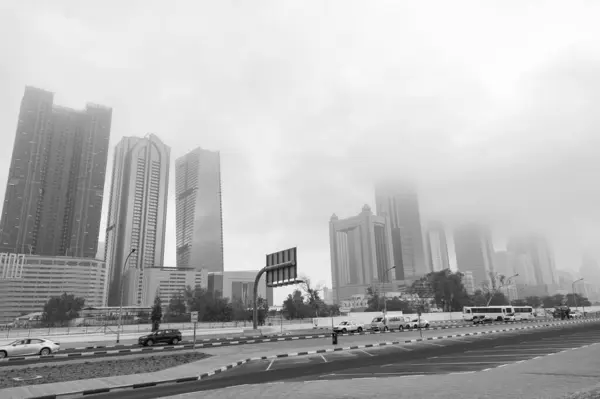
Riyadh Season is typically scheduled from October through March, falling between the early-winter and early-spring. The capital transforms into an entertainment carnival during these months. Boulevard zones become surreal theme parks that break world records regularly.
Riyadh Season 2024 presents 14 distinct entertainment zones, each thoughtfully designed to immerse visitors in captivating and magical experiences. International concerts, sporting events, and dining experiences that rival global capitals. Still, the scale feels almost cartoonish at times.
Al Ahsa oasis

With an area of around 85.4 km2 (33.0 sq mi), Al-Ahsa Oasis is the largest oasis in the world. More than 2.5 million palm trees stretch across this fertile landscape. Natural springs bubble up from underground aquifers that have sustained life for millennia.
Al Ahsa Oasis is rapidly gaining appeal as one of Saudi Arabia’s most captivating tourist destinations. Ancient irrigation systems still function alongside modern date farms. The contrast between endless desert and lush green paradise feels surreal.
Abha
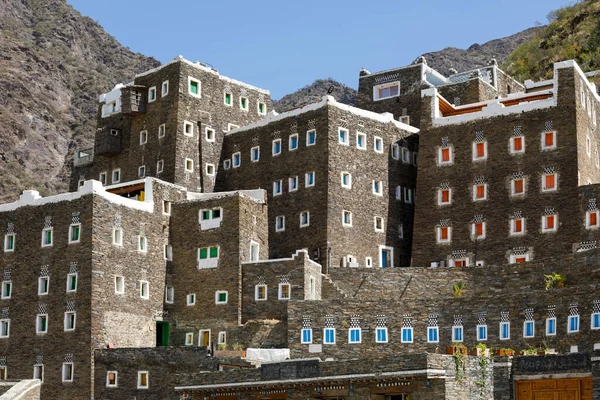
Cities such as Abha, known for its cool climate and scenic mountain views, Al Jubail with its pristine beaches, and Jizan’s coastal charm are becoming increasingly desirable. This mountain city offers respite from desert heat year-round. Juniper forests and terraced farms create an alpine atmosphere.
And the weather stays comfortable even in summer. Traditional stone houses perch on mountain slopes like something from a fairy tale. Perfect for families escaping the lowland heat.
Like Travel Pug’s content? Follow us on MSN.
Tabuk province
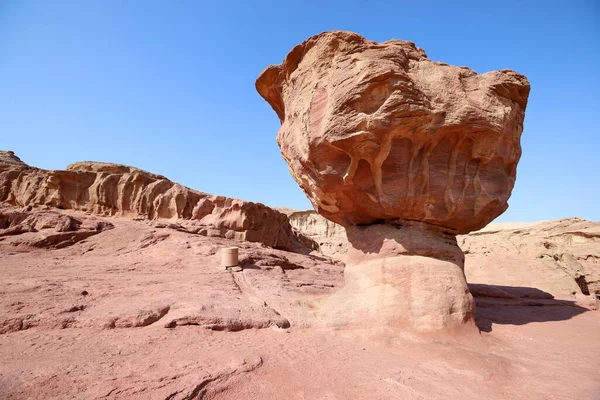
Tabuk Province is rich in antiquities and archaeological sites such as petroglyphs, inscriptions, forts, palaces, sections of the Syrian and Egyptian pilgrimage (Hajj) routes, as well as remains of the Hejaz railway. This northwestern frontier region bridges ancient pilgrimage routes with dramatic desert landscapes.
The proximity to Jordan adds cross-border adventure potential. Rock art dating back thousands of years covers cliffsides and valleys. History buffs find plenty to explore in these remote reaches.
Hail region
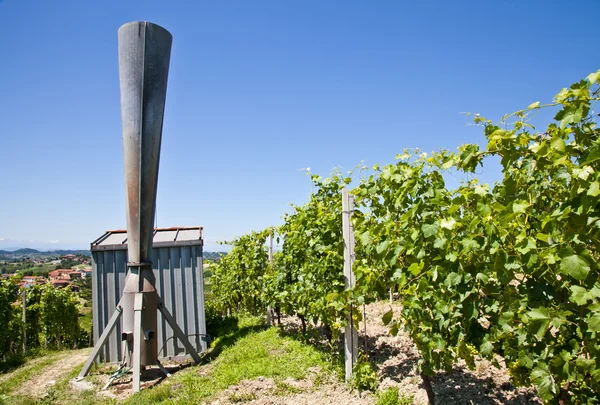
Hail’s adventurous desert terrain are rapidly gaining traction. Saudi Tourism Ministry announced support for 17 different tourism initiatives in Al Ahsa region of the kingdom, valued at more than 931 million, that, on completion, will add 1,800 more hotel rooms to the kingdom. This northern city offers authentic Bedouin experiences without tourist polish.
The weekly camel markets and traditional souks feel genuinely untouched by mass tourism. Desert safaris here focus on cultural immersion rather than Instagram moments.
Jizan coastal region
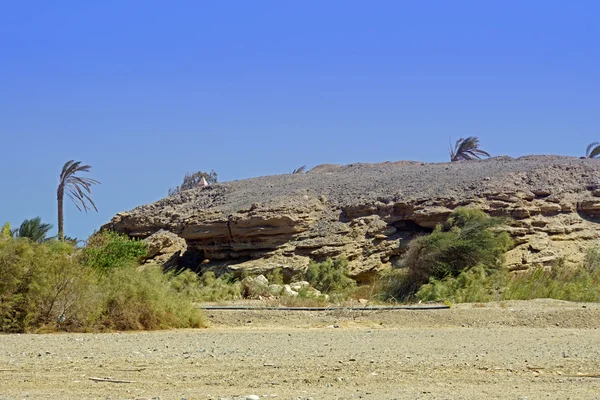
Jizan’s coastal charm, Tabuk’s natural landscapes and Hail’s adventurous desert terrain are becoming more popular among residents in Saudi Arabia. This southwestern province combines Red Sea beaches with mountainous terrain. Coral reefs offshore rival any tropical destination.
The Farasan Islands offer pristine diving and snorkeling. Local fishing villages maintain traditional ways of life. Not many international visitors have discovered this stretch of coastline yet.
Like Travel Pug’s content? Follow us on MSN.
Al Jubail
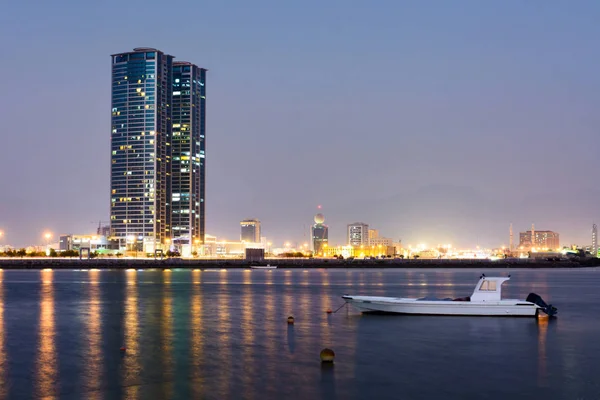
Jubail includes the old town, once a fishing and pearling village. In 1975, the Jubail Industrial City emerged as the world’s largest civil engineering project. This Eastern Province city blends industrial heritage with Arabian Gulf beaches.
The contrast between massive petrochemical complexes and quiet fishing harbors creates an unusual urban landscape. Beach resorts cater to weekend escapes from major cities.
Diriyah heritage area
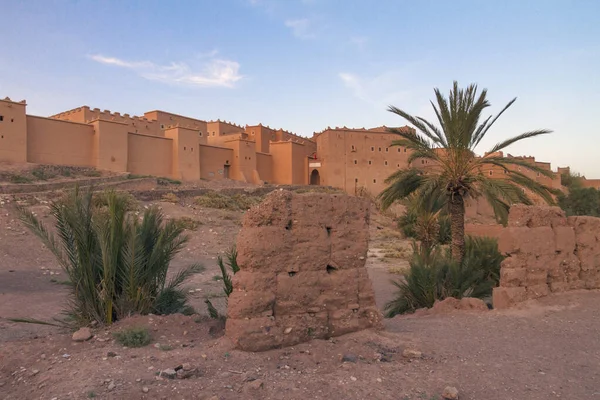
Located just outside Riyadh, Diriyah offers an immersive look into the Kingdom’s roots. Once the seat of the Al Saud dynasty, it now stands as a masterfully restored UNESCO World Heritage site. Mud-brick palaces and ancient mosques frame the narrative of Saudi Arabia’s founding.
The At-Turaif district feels like stepping into the early pages of the kingdom’s history. Cultural exhibitions blend seamlessly with luxury dining and boutique shopping. Heritage meets high-end perfectly here.
Taif mountain retreat
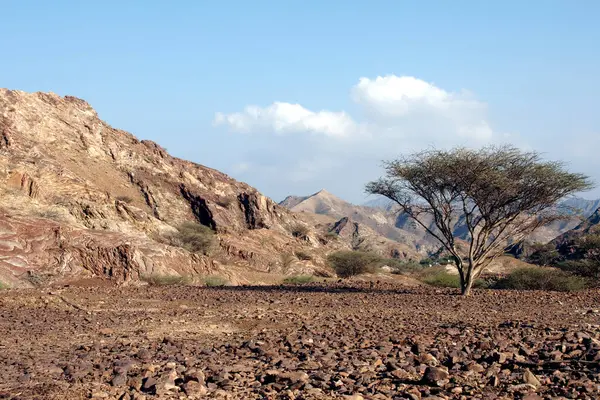
Offering a refuge of revelry in the scorching summer months, the Taif Season and Asir Seasons beckon the Saudi citizenry to party amid the cool, higher elevations of the scenic southern regions. This mountain city transforms during rose season when the famous Taif roses bloom.
Traditional rose water production continues in family-run distilleries. The elevation provides natural air conditioning during summer months. Mountain markets sell honey and herbs you won’t find elsewhere.
Like Travel Pug’s content? Follow us on MSN.
Yanbu Red Sea port
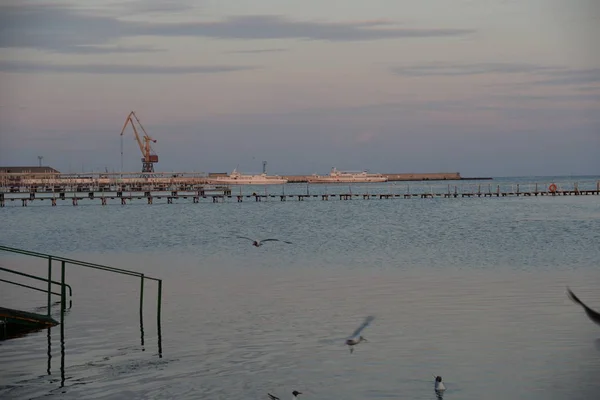
Popular places to visit in Saudi Arabia are Makkah, Medina, Mada’in Salih, Yanbu, Tabuk, Jeddah and Riyadh. This Red Sea port city offers a more relaxed coastal alternative to Jeddah. Traditional coral houses line quiet waterfront streets.
The underwater coral gardens attract serious divers from across the region. Old souks sell frankincense and spices from historic trade routes.
Dammam and Eastern Province
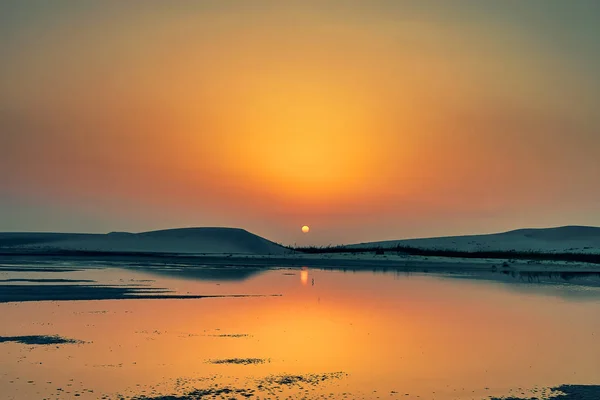
Dammam, which is located on the Arabian Gulf, is considered one of the most beautiful and most important tourist cities in Saudi Arabia. This oil industry hub has developed sophisticated cultural attractions. The corniche stretches along pristine Arabian Gulf waters.
Museum exhibits showcase the region’s petroleum heritage alongside Bedouin traditions. Business hotels have evolved into genuine hospitality destinations.
Makkah beyond pilgrimage

The report named the holy city of Makkah as the most popular destination for the second straight year, with 17.4 million inbound overnight tourists. While primarily a religious destination, the holy city increasingly attracts cultural and architectural tourists. The expansion projects have created impressive urban landscapes.
Modern museums and cultural centers complement the spiritual journey. The Clock Tower and surrounding developments rival any major metropolitan skyline.
Like Travel Pug’s content? Follow us on MSN.
Jeddah Season festivities
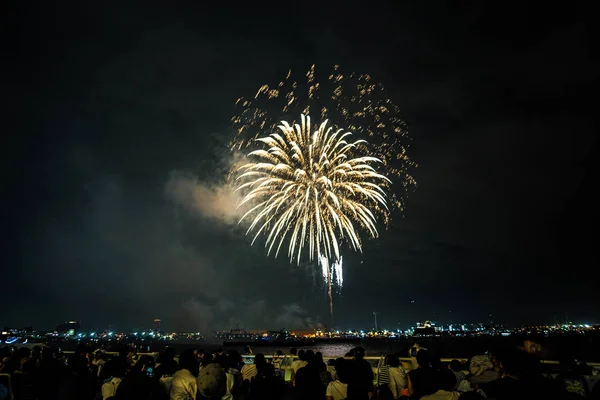
Since its launch in 2019, it’s grown into one of the most anticipated cultural festivals in the region. This year, it runs from May 1 to August 15, bringing together concerts, art installations, family zones, and international food showcases across the city. The Red Sea city transforms completely during festival season.
Beachfront concerts and art installations create a Mediterranean vibe. International food festivals showcase global cuisine alongside traditional Saudi dishes. The combination of seaside location and cultural programming feels refreshingly different.
A kingdom in motion
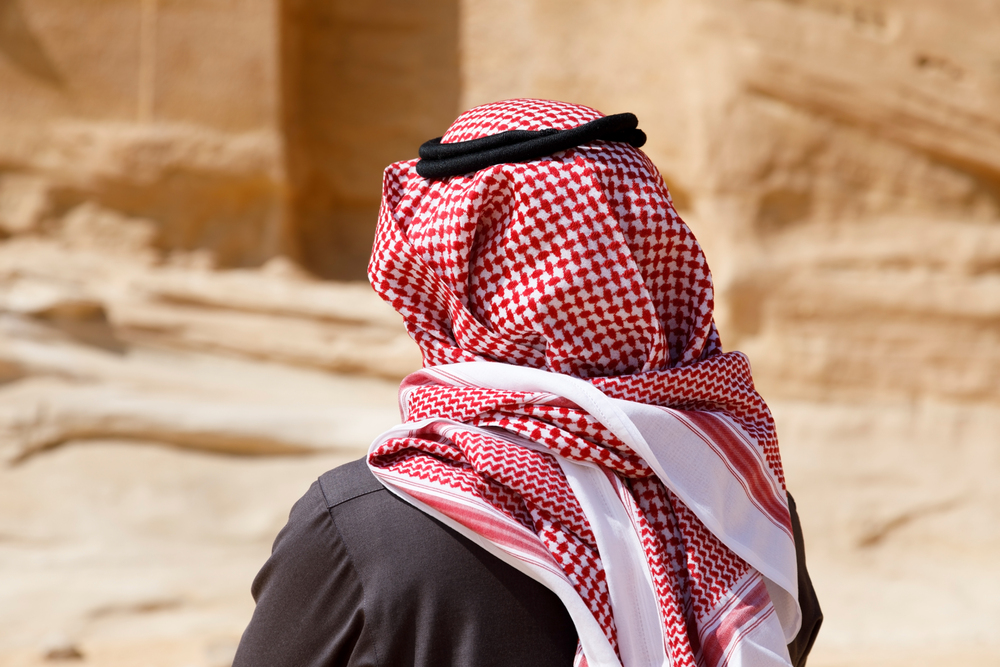
Saudi Arabia is not only aiming to grow its tourist numbers, but also diversify its economy and infrastructure, as part of its broader Vision 2030 plan. These destinations represent more than tourism growth—they signal a cultural transformation across the Arabian Peninsula.
International tourists stayed an average of 19 nights, indicating that Saudi Arabia is becoming a more attractive destination for long-haul travelers. The Kingdom that once felt closed to the world now opens new chapters daily.
More from Travel Pug

- 20 Best Beach Towns in the Carolinas
- 13 Destinations Where Tourists Regularly Regret Their Trip
- 20 Things You Actually Get in First Class
- 20 Small Airports With Aviation Museums
- 20 Places in the U.S. That Are Perfect for a Reset Trip
Like Travel Pug’s content? Follow us on MSN.
